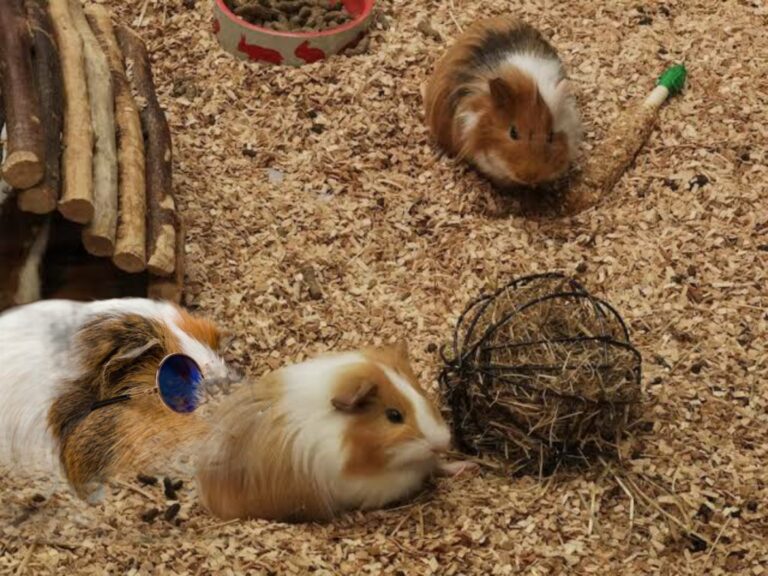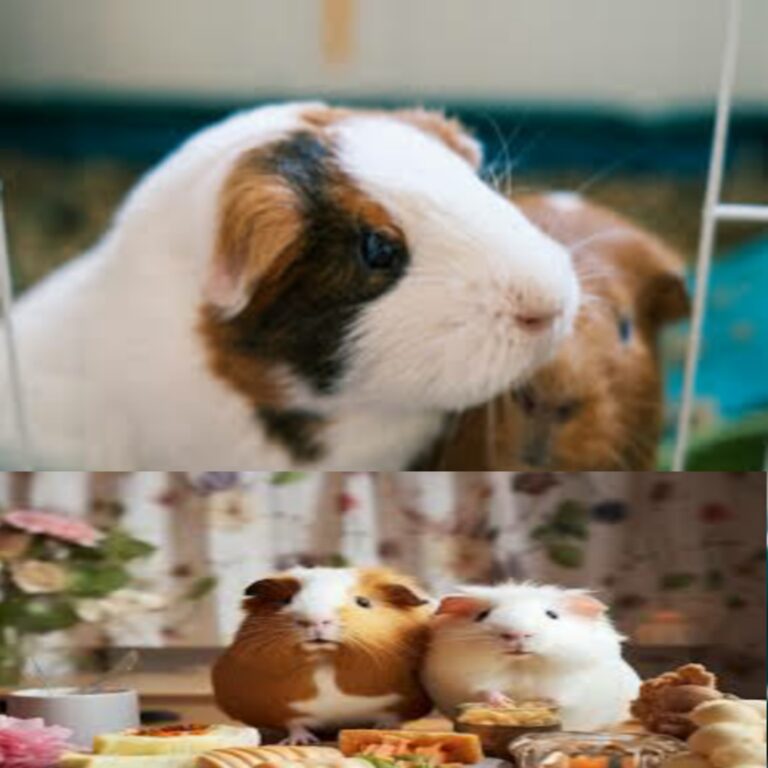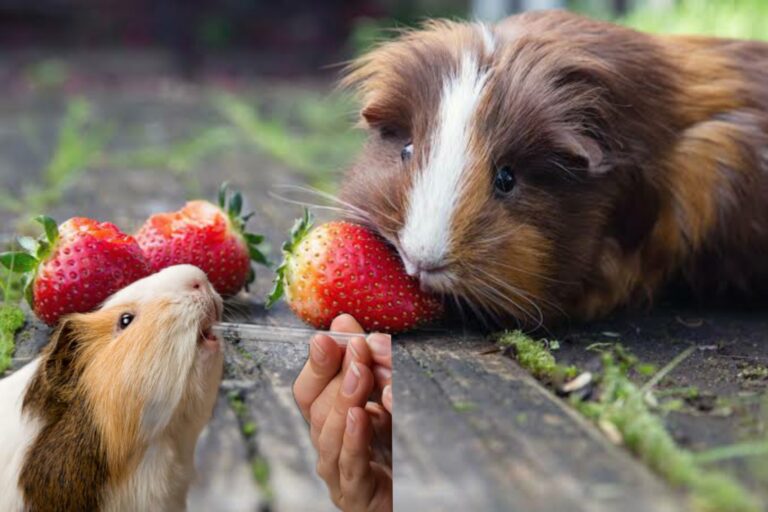
Hello, I’m Caroline from Nigeria Guinea Pig Rescue, and today I want to share some friendly tips on how to introduce a new guinea pig to your herd. Guinea pigs are very social animals and thrive in groups. Having just one guinea pig can lead to feelings of fear, shyness, and unhappiness. Bringing in a second guinea pig can really brighten their spirits and strengthen their bond with you.
Before introducing your new guinea pig, it’s important to confirm its gender. Sometimes pet stores can get this wrong, especially with baby guinea pigs. I recommend checking with your vet or using a reliable resource to determine the sex of your guinea pig.
Next, it’s essential to quarantine your new guinea pig for at least two weeks. This means keeping it in a separate cage in a different room from your other guinea pigs. Guinea pigs can hide illnesses very well, so it’s crucial to monitor your new friend closely during this time. If you notice any signs of sickness, consult your vet before proceeding with introductions.
Once the quarantine period is over and you have healthy guinea pigs, ensure you have a spacious cage that can comfortably accommodate two or more guinea pigs. Unfortunately, many pet stores sell cages that are too small. I recommend building your own CNC cage to meet the size requirements for your herd. For two guinea pigs, a minimum of seven and a half square feet is necessary.
Now, get your cage ready for the new guinea pig by cleaning it thoroughly with a guinea pig-safe cleaner and replacing all bedding. You can use a cleaner from your pet store or a simple 50-50 solution of water and white vinegar.
Next, choose a neutral area for the introduction. This should be a space where neither guinea pig has been before, such as a bathtub lined with towels, your bed, or a designated area on the floor. One common mistake is to place the new guinea pig directly into the existing pig’s cage. This can lead to defensiveness, so it’s best to introduce them in a neutral space.
When you’re ready to introduce the guinea pigs, make sure you have time to supervise them. It could take an hour or even longer for them to get comfortable with each other. During my most recent introduction of Meep, the little gray and white pig, it took about three hours of supervision. I set up in my living room with some background entertainment to keep me engaged.
Be prepared for some excitement! If any fighting occurs, never pick up or touch the guinea pigs with your bare hands, as they may bite in the confusion. Instead, use a towel to gently separate them. To help distract them, place a pile of hay in the middle of the area. You can also provide a water bottle, but keep in mind that they may not drink much during this stressful time.
Only use hideys or beds with multiple entrances to prevent trapping and fighting. I like to use open plastic step stools, as they allow for easy movement without trapping anyone underneath.
When introducing the guinea pigs, place all of them in the neutral area at once. They will need to sort out their dynamics as a herd, so there’s no need for separate introductions if you have multiple pigs. Initially, you may notice them mostly sniffing each other, which is perfectly normal.
During the introduction, you might see behaviors like rumble strutting, where one guinea pig waves its hips back and forth. This is common and often accompanied by a low burring sound. Other behaviors to look out for include head raising, chasing, vocalizing, and even some playful hair pulling. As long as these actions are not excessive or harmful, they are part of the normal adjustment process.
If you hear loud squealing, check to ensure that no one is injured. Sometimes guinea pigs can be dramatic, but if they are not hurt, it’s best to let them work things out. If you do see any biting that draws blood, separate them immediately and seek veterinary assistance if necessary.
After they seem comfortable with each other, return them to a completely clean cage and continue to supervise them until they settle in. Make sure they have separate sleeping areas to avoid any territorial disputes. You can even create temporary hideys with towels or blankets until they are more comfortable together.
If after an hour they are still bickering, consider giving them a buddy bath. This involves bathing all the guinea pigs together in a shallow tub with a towel or mat on the bottom to prevent slipping. Use a guinea pig-safe shampoo and ensure you rinse thoroughly to avoid skin irritation. After drying them, return them to their clean cage. Buddy baths can help them bond by making them smell alike.
It’s important to note that some guinea pigs may simply not get along, just like people. If you find that your guinea pigs are incompatible, you may need to keep them separated or look for a better personality match for your new friend.
If you have any questions or concerns about introducing your guinea pigs, feel free to reach out. I’m here to help! I hope these tips assist you in creating a happy and harmonious herd. Thank you for reading!



